IVY SHIH
On this year’s International Day of Biodiversity, we are showcasing some of our scientists who are working to safeguard our ecosystems – both far away and close to home.
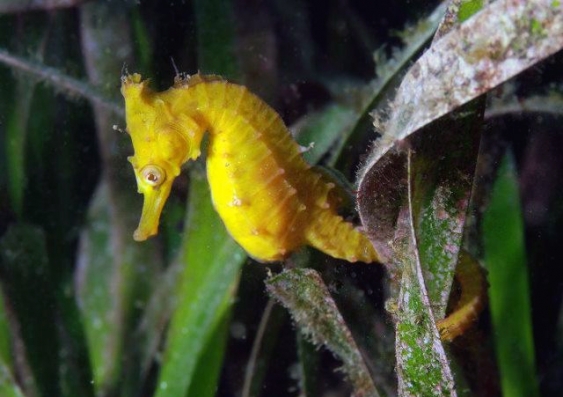
Sea horses are among the marine animals that depend on the sea grasses for habitat.
International Day of Biodiversity on May 22 – a part of the United Nations’ awareness day calendar – is an annual event that aims to increase understanding and awareness of biodiversity issues. UNSW scientists are also striving to increase public awareness for crucial environmental issues by being passionate advocates for biodiversity – to ultimately create a sustainable future for our ecosystems and the diverse life that populates them.
This year’s International Day of Biodiversity is celebrated under the theme ‘Our Biodiversity, Our Food, Our Health’.
To help celebrate, we’ve selected a few highlights of UNSW research that aims to protect Earth’s biodiversity for future generations.
Huge feral-free haven ready for return of missing desert mammals
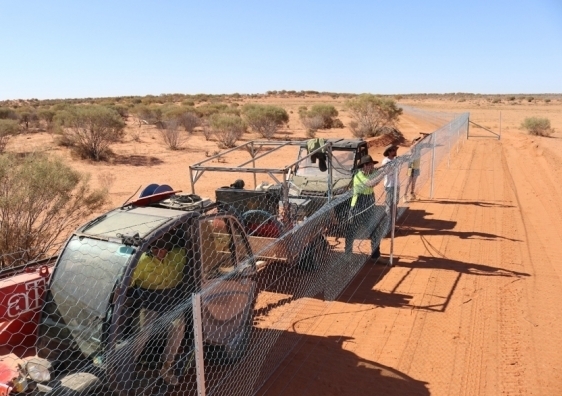
One of the fenced off areas in Sturt National Park. Picture: UNSW
One of the largest rabbit-free areas in Australia has been created in Sturt National Park in far western NSW in a major project preparing to reintroduce locally extinct mammals such as the bilby to desert habitat.
The Wild Deserts team, a partnership between UNSW, Ecological Horizons and the NSW government have created a 40-square-kilometre sanctuary for native Australian animals in the Sturt National Park that is completely free of feral animals such as rabbits, foxes and cats.
Find out more: https://newsroom.unsw.edu.au/news/science-tech/huge-feral-free-safe-haven-ready-return-missing-desert-mammals
Towards zero hunger
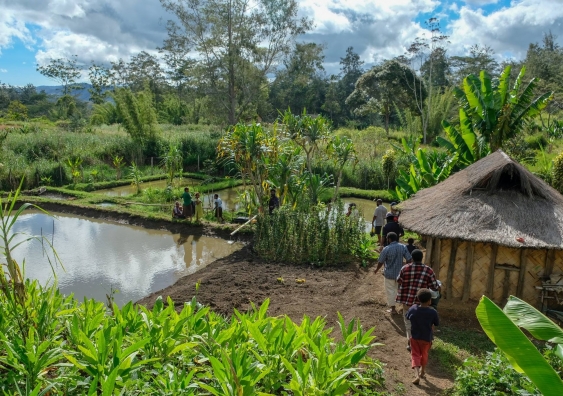
A fish farming project is aiming to provide a sustainable source of food and income security for remote communities.
A UNSW scientist’s fish farming expertise is helping increase nutrition and provide a steady income, as well as a host of other benefits, for people in Papua New Guinea and Vietnam.
UNSW scientist Jes Sammut and his team initiated a fish farming research project which included teaching better aquaculture practises to remote communities. This includes how to dig ponds, manage water quality and care of fish populations.
Find out more: https://www.science.unsw.edu.au/research/human-factor/towards-zero-hunger
What effective Murray-Darling water policy should look like
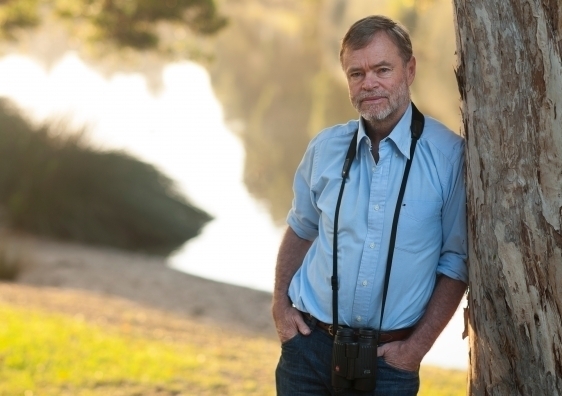
Richard Kingsford, Director of the Centre for Ecosystem Science, UNSW Sydney.
Rivers running dry, algal blooms, more fish kills, and towns running out of water will all continue to plague the next NSW government if it persists with the same, inadequate policies on water management.
UNSW’s Professor Richard Kingsford outlines what needs to be done to protect the Murray-Darling rivers and the communities that rely on them.
Find out more: https://newsroom.unsw.edu.au/news/science-tech/what-effective-murray-darling-water-policy-should-look
Predator exposure can help vulnerable species survive in the wild
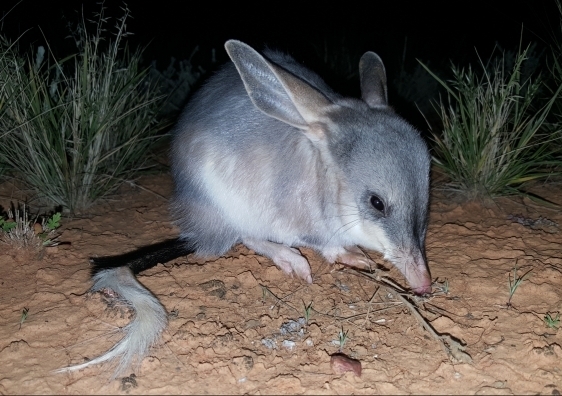
Credit: Alexandra Ross.
Bilbies vs. feral cats – a Hunger Games-style experiment conducted in a South Australian desert has produced fascinating results with important implications for the conservation of our endangered species.
Exposing vulnerable species like the bilby to an environment with predators before releasing them into the wild could help improve the species’ ultimate survival, new research by UNSW ecologists has shown.
Find out more: https://newsroom.unsw.edu.au/news/science-tech/predator-exposure-can-help-vulnerable-species-survive-wild
Scientists enlist the public to help restore viral seagrasses
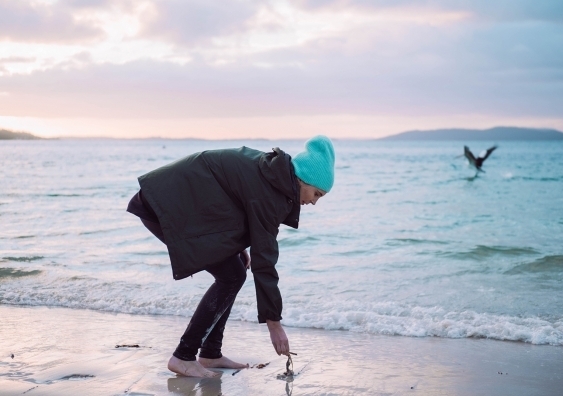
Local beachgoers are helping with the restoration of seagrasses by collecting live, green Posidonia shoots that wash ashore after storms.
Scientists are asking local communities to help restore endangered Posidonia seagrass meadows by collecting shoots that naturally become detached after large storms.
The project is encouraging local coastal communities to help restore ecologically and economically important seagrass meadows.
Find out more: https://newsroom.unsw.edu.au/news/science-tech/scientists-enlist-public-help-restore-vital-sea-grasses